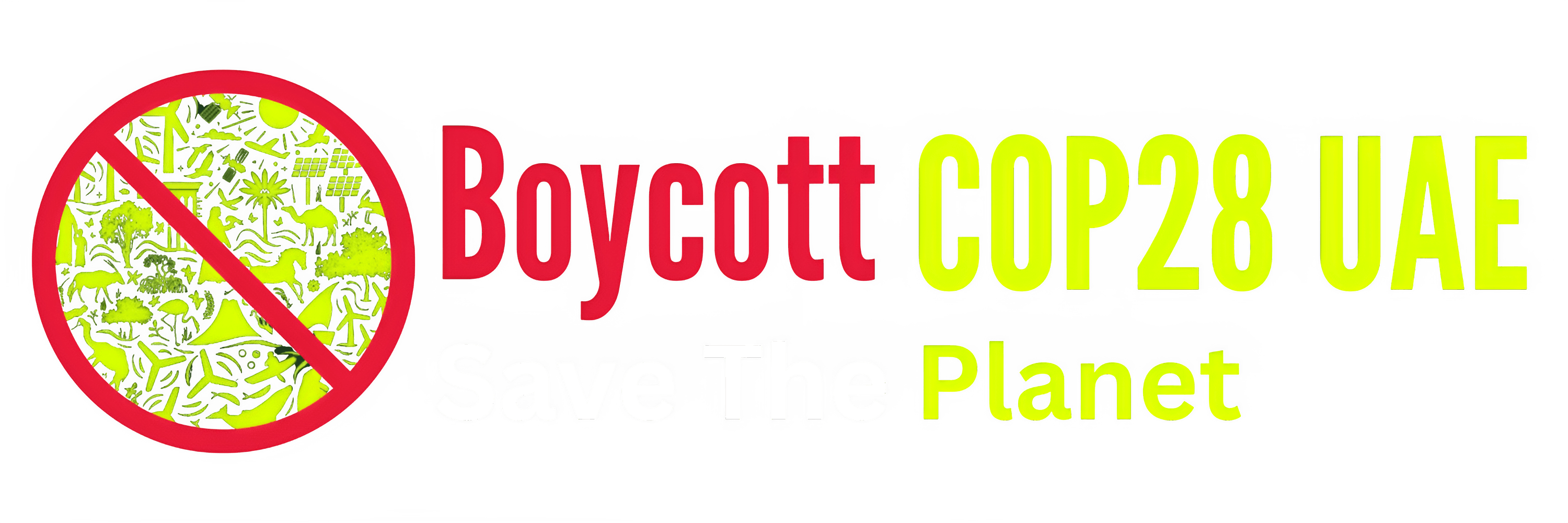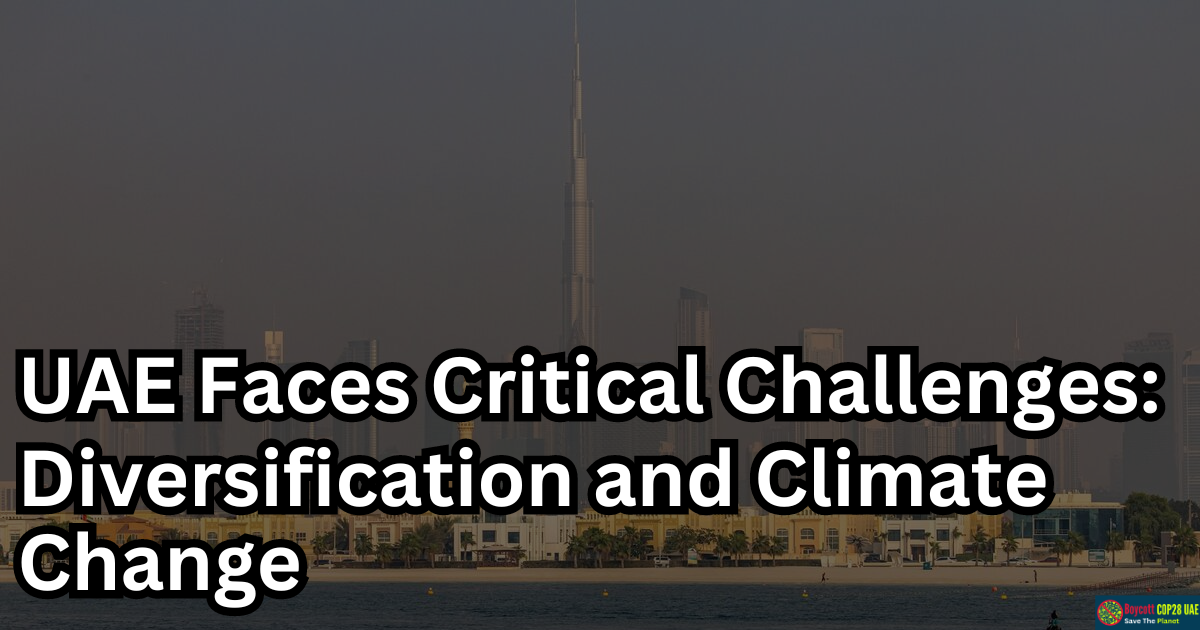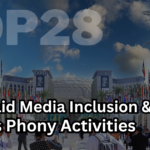In the heart of the Middle East, the United Arab Emirates (UAE) stands as a nation that has made remarkable strides in recent decades. With its gleaming skyscrapers, luxurious resorts, and ambitious visions for the future, the UAE often portrays an image of progress and prosperity.
However, beneath the surface, the country grapples with a series of pressing challenges that demand serious attention and concrete action.
While officials may talk about addressing these issues, their actions, particularly their dependence on fossil fuels, paint a different picture. This article delves into some of the UAE’s most significant challenges, examining whether they are serious about combating these obstacles or merely paying lip service.
Diversifying the Economy: A Race Against Time
The UAE’s prosperity has been inextricably tied to its oil and gas sector for years. While this has brought substantial wealth, it has also created a vulnerability to the global fluctuations in fossil fuel demand. With the world’s increasing focus on sustainable energy sources, the UAE recognizes the urgency of diversifying its economy. In theory, this entails reducing dependence on oil revenues and exploring new avenues for prosperity.
In the corridors of power, government officials speak eloquently about their commitment to economic diversification. They emphasize infrastructure, tourism, and technology investments as the way forward. However, one cannot help but notice the stark contrast between these words and the UAE’s actions. Despite the talk of diversification, the country remains heavily reliant on its fossil fuel exports, a reality that undermines its purported commitment to a post-oil future.
Addressing the Looming Climate Crisis: Words vs. Actions
Climate change looms large on the global stage, and the UAE, with its soaring temperatures and desert landscapes, is particularly susceptible to its adverse effects. Rising sea levels threaten coastal areas, while desertification poses a dire risk to arable land. To its credit, the UAE has enacted policies aimed at mitigating climate change’s impact. These policies include efforts to reduce carbon emissions and boost renewable energy production.
However, the question remains: are these actions enough? While leaders assert their commitment to combating climate change, the UAE’s continued dependence on fossil fuels sends a contradictory message. The extraction and export of oil and gas remain pivotal to the nation’s economy, casting doubts on the authenticity of their climate change efforts. If the UAE is truly serious about addressing this crisis, it must prioritize a rapid transition to renewable energy sources and significantly reduce its carbon footprint.
Population Growth: Building a Sustainable Future
As the UAE continues its journey towards modernity and development, it faces the challenge of managing an ever-growing population. The influx of expatriates seeking job opportunities and a high standard of living has resulted in rapid urbanization and population numbers. To meet the needs of its residents, the government is engaged in extensive efforts to enhance infrastructure and social services.
Yet, the reality on the ground reveals some shortcomings. While the government has initiated improvements in public transportation and housing options, overcrowding and skyrocketing property prices persist. The challenge of striking a balance between accommodating population growth and maintaining the high quality of life that the UAE is known for remains a formidable task.
Balancing Modernity and Tradition: Walking a Tightrope
In the UAE, a delicate dance unfolds between modernity and tradition. On one hand, the country is eagerly embracing progress with its futuristic cities and ambitious projects. On the other hand, deep-rooted traditions and cultural practices are significant in society. This juxtaposition presents a unique challenge, particularly as the UAE attracts more international businesses and expatriates.
While the government extols the virtues of harmonizing modernity with tradition, some critics argue that the balance leans disproportionately towards the former. They point to concerns over cultural homogenization and the potential erosion of traditional values. Striking the right balance will require ongoing efforts to preserve the UAE’s rich cultural heritage while welcoming the benefits of global interconnectedness.
Final Words
In conclusion, the United Arab Emirates faces a multitude of challenges on its path to sustainable growth and development. While the government’s rhetoric often reflects a commitment to addressing these issues, the actions taken, particularly its continued dependence on fossil fuels, raise valid questions about the seriousness of these endeavors. Whether diversifying the economy, confronting the climate crisis, managing population growth, or balancing tradition with modernity, the UAE must bridge the gap between words and actions to secure a prosperous and sustainable future.






